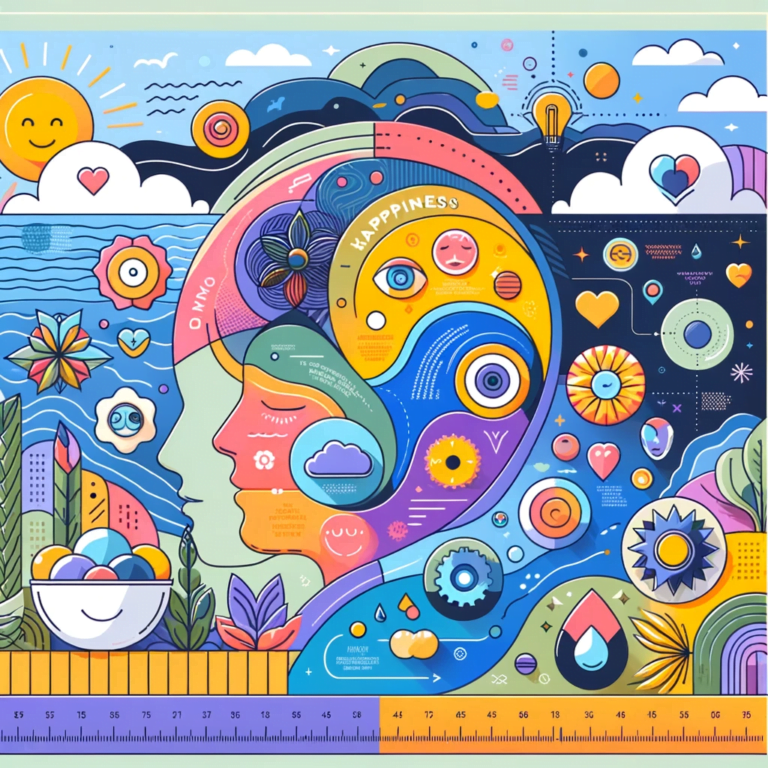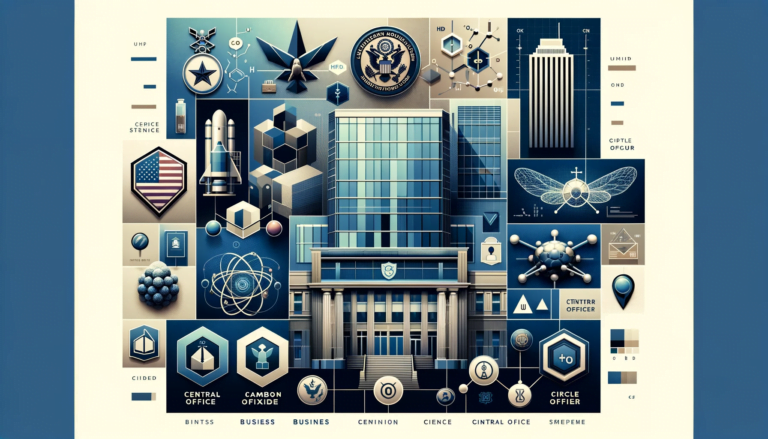Introduction to India
Overview of India’s Identity
India, a name steeped in history and rich cultural heritage, is often misconceived as having a full form. Originating from the Indus River, the name ‘India’ symbolizes a civilization that has thrived for millennia. Contrary to popular belief, it’s not an acronym but a testament to the nation’s enduring legacy.
The Misconception of India’s Full Form
 |
| Full-Form Of India |
A common misconception is that ‘India’ is an abbreviation, which it’s not. The name is derived from the ancient Indus civilization, laying the foundation for a diverse and vibrant modern nation.
Geographical Significance
 |
| India in Detail |
India’s Location and Size
India, the seventh-largest country by land area, is strategically located in South Asia. It shares its borders with several countries, making it a pivotal region in Asia.
Neighboring Countries and Borders
Surrounded by the Indian Ocean, India has maritime borders with Sri Lanka and Indonesia, and land borders with Pakistan, China, Nepal, Bhutan, Bangladesh, and Myanmar, playing a significant role in regional dynamics.
India’s Political Structure
The Republic of India
As a sovereign nation, India stands tall as the world’s largest democracy. The title ‘Republic of India’ encapsulates its democratic ethos and governance structure.
The Democratic Parliamentary System
India’s governance is characterized by a federal structure with a democratic parliamentary system, blending the diversity of its states with the unity of the central government.
Cultural Diversity
Languages and Ethnic Groups
India’s tapestry of cultural diversity is vividly colored by its linguistic and ethnic variety. Home to hundreds of languages and numerous ethnic groups, each region of India offers a unique cultural experience, reflecting the nation’s rich heritage.
Religious Pluralism
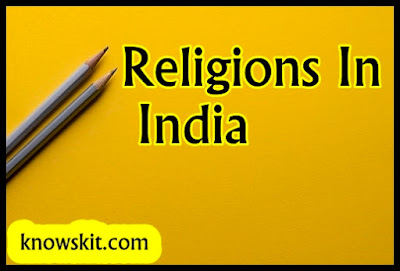 |
| Religions In India |
India is a land where multiple religions coexist in harmony. Hinduism, Islam, Christianity, Sikhism, and Buddhism are among the major religions, each contributing to the country’s pluralistic ethos.
Economic Development
Evolution of India’s Economy
From a primarily agrarian society at independence, India has transformed into a fast-growing major economy. This journey from relative poverty to an emerging global player is a story of resilience and strategic growth.
Current Economic Status
Today, India stands as a significant player in the global economy, known for its vast IT sector and a burgeoning middle class. Despite challenges, its economy continues to grow, making it an attractive destination for global investors.
Education and Advancements
Growth in Literacy Rates
Since independence, India has made remarkable strides in education. The literacy rate has significantly increased, reflecting the nation’s commitment to education and skill development.
Technological Progress
India is recognized globally for its advancements in technology, particularly in information technology and software services. This technological prowess has positioned India as a hub for innovation and entrepreneurship.
Space Exploration Efforts
India’s Achievements in Space
India’s space program, marked by missions like Mangalyaan and Chandrayaan, has placed it among the leading nations in space exploration, demonstrating remarkable scientific capability and ambition.
Future Missions
With future missions planned, including Gaganyaan, India’s first manned space mission, the country is set to expand its footprint in space research and exploration.
Cinema and Music
Bollywood’s Influence Globally
Bollywood, India’s Hindi film industry, is not just a cinema hub but a cultural phenomenon, influencing audiences worldwide with its unique blend of music, dance, and storytelling.
Diversity in Music and Dance
Indian music and dance forms, ranging from classical to folk and contemporary, reflect the nation’s diverse cultural tapestry, contributing significantly to the global arts scene.
Environmental Diversity
Biodiversity Hotspots
India’s rich biodiversity is evident in its several hotspots, home to a vast array of flora and fauna. These regions are crucial for conservation efforts and ecological balance.
Forest Cover and Wildlife
With a substantial part of its land under forest cover, India is home to diverse wildlife species. Conservation efforts are ongoing to protect these natural habitats and the wildlife they support.
Religious History
Introduction of Various Religions
India’s religious landscape has been shaped by the introduction and coexistence of multiple faiths, including Hinduism, Islam, Christianity, Buddhism, and others, each playing a significant role in the country’s cultural development.
Development of Religious Cultures
Over centuries, these diverse religious traditions have interwoven with the Indian way of life, influencing art, architecture, literature, and daily practices, creating a unique cultural mosaic.
Historical Journey
 |
| History Of India |
From Medieval to Modern India
India’s history spans from ancient civilizations to modern times, encompassing various empires, colonial rule, and finally its emergence as a sovereign nation.
The Mughal Era and British Rule
The Mughal period left an indelible mark with its architectural and cultural contributions, followed by the British era, which reshaped the nation’s political and social fabric, paving the way for the independence movement.
Struggle for Independence
The Nationalist Movement
India’s freedom struggle was marked by a unique non-violent movement, led by figures like Mahatma Gandhi, which mobilized millions against British colonial rule, making a significant impact on the global stage.
Path to Independence in 1947
This movement culminated in India gaining independence in 1947, a momentous event that reshaped the nation’s destiny and set the stage for its democratic journey.
Administrative Structure
The States and Union Territories
India’s federal structure comprises 28 states and 8 union territories, each with its own government, contributing to the nation’s democratic and diverse character.
Governance and Administration
The governance in India balances centralized authority with state autonomy, reflecting its democratic ethos and accommodating its vast diversity.
States of India
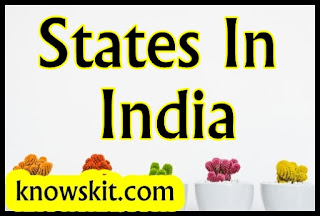 |
| States In India |
A comprehensive overview of India’s 28 states, each with its unique cultural, historical, and geographical attributes, forming the backbone of the country’s federal structure.
Union Territories
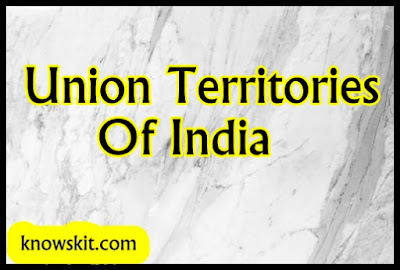 |
| Union Territories Of India |
Exploring the 8 union territories of India, governed directly by the Central Government, each with its distinct characteristics and importance.
Conclusion
India’s Global Standing
Today, India stands as a significant global player, contributing to various fields such as technology, culture, and politics, with a growing influence in international affairs.
The Road Ahead
The future for India is one of continued growth and challenges, as it navigates its path towards further development and global integration.
For More Visit Knows Kit



